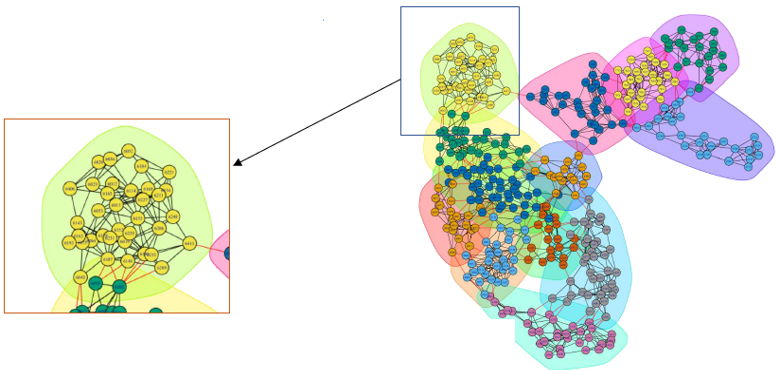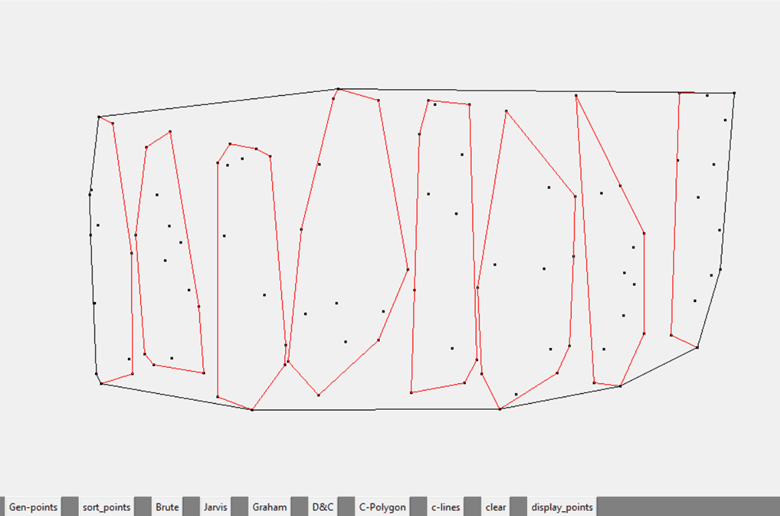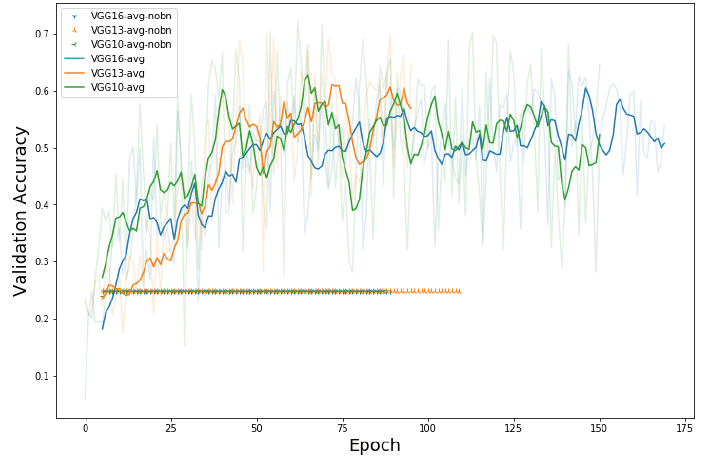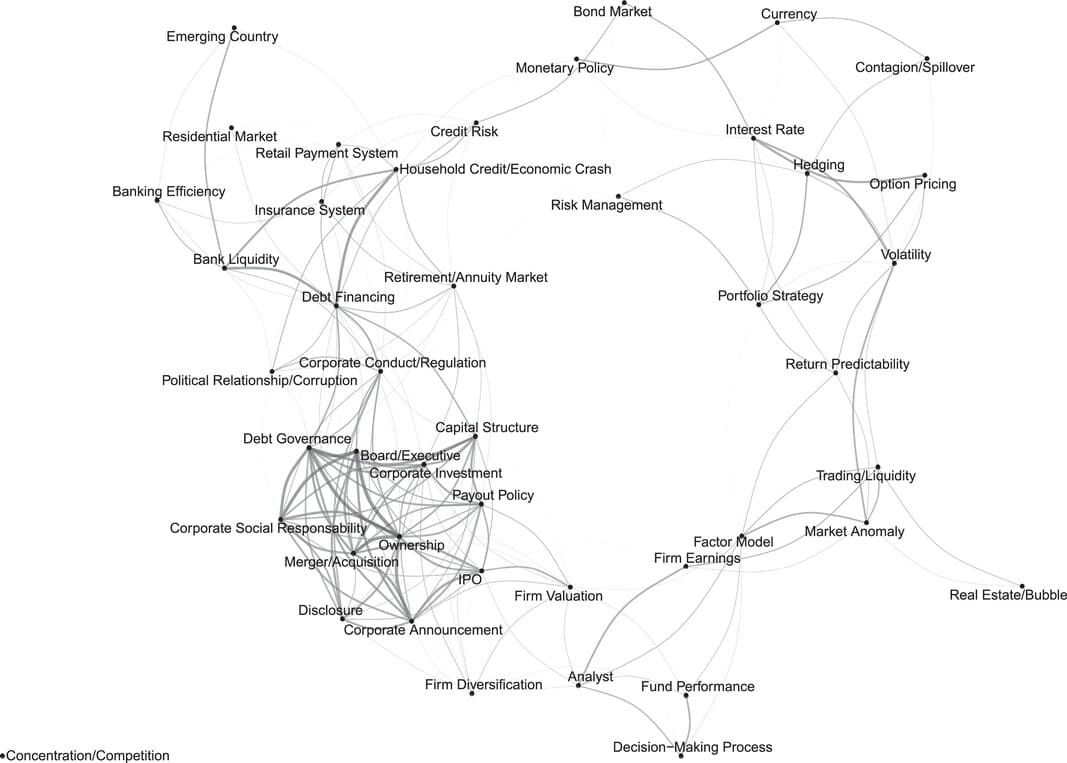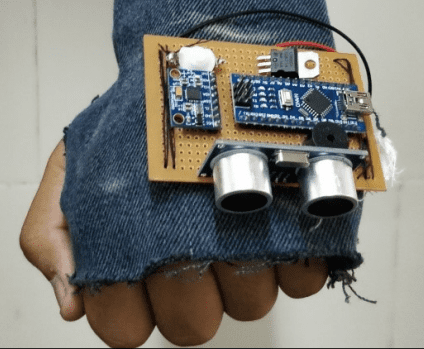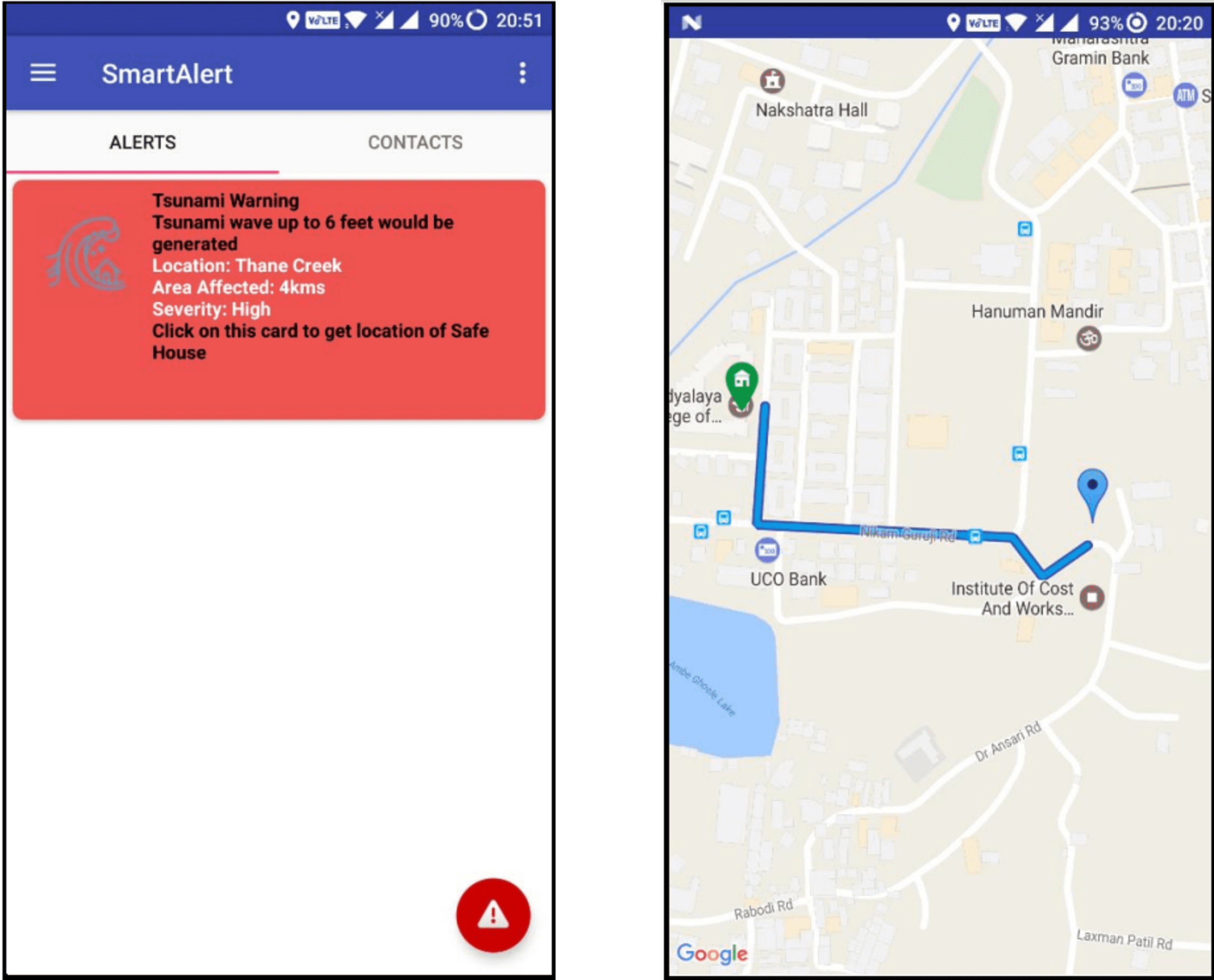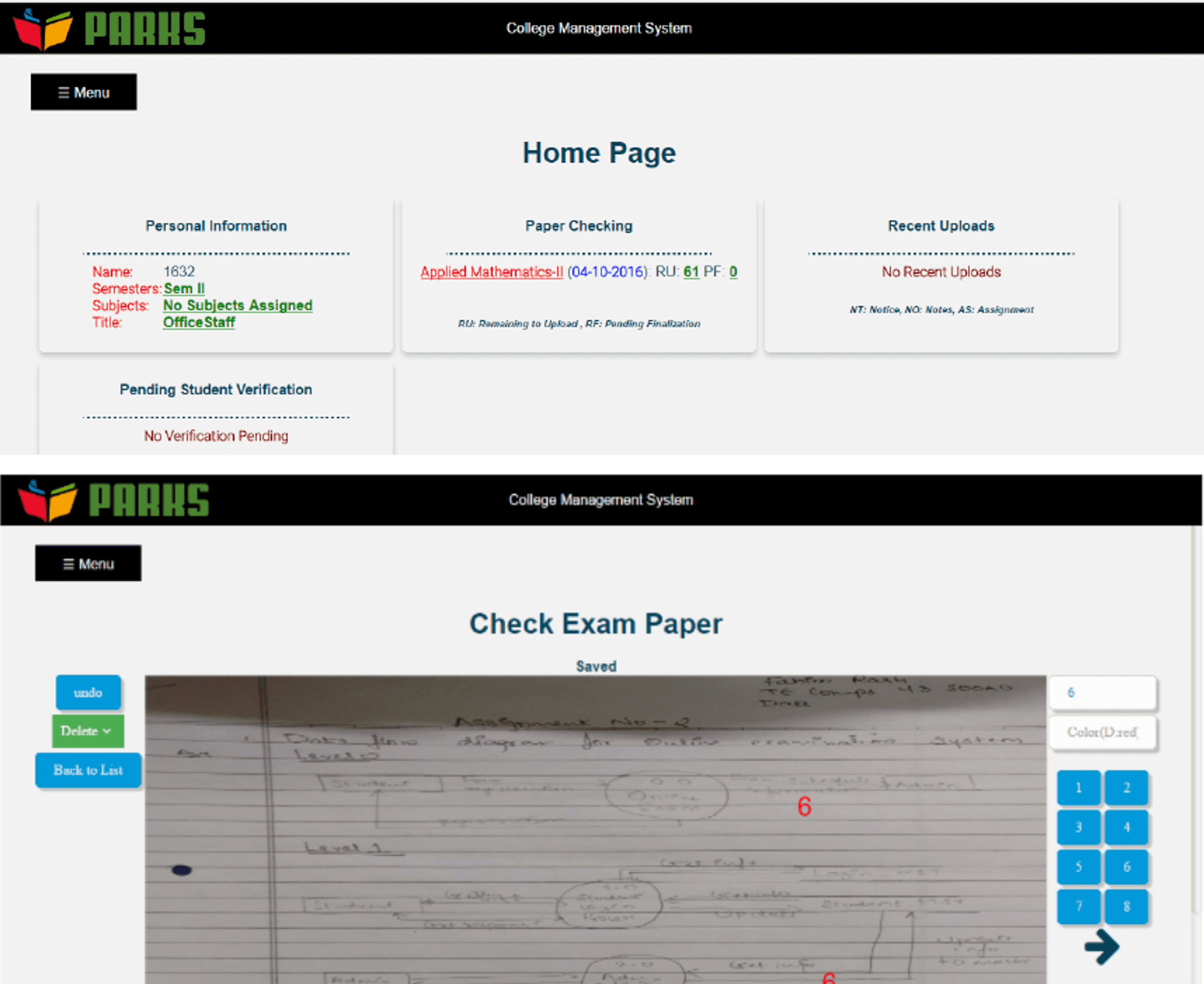About me

I am a Software Engineer with experience working in an intensive startup environment alongside an AGILE team. I have more than three years of experience in object-oriented programming, particularly in the development of high-volume, low-latency projects. My professional track record highlights my proficiency in tackling intricate data-intensive applications, with a keen focus on optimizing efficiency.
Outside of my professional commitments, I enjoy going on long hikes in nature, reading books and having a warm cup of tea.
View Resume